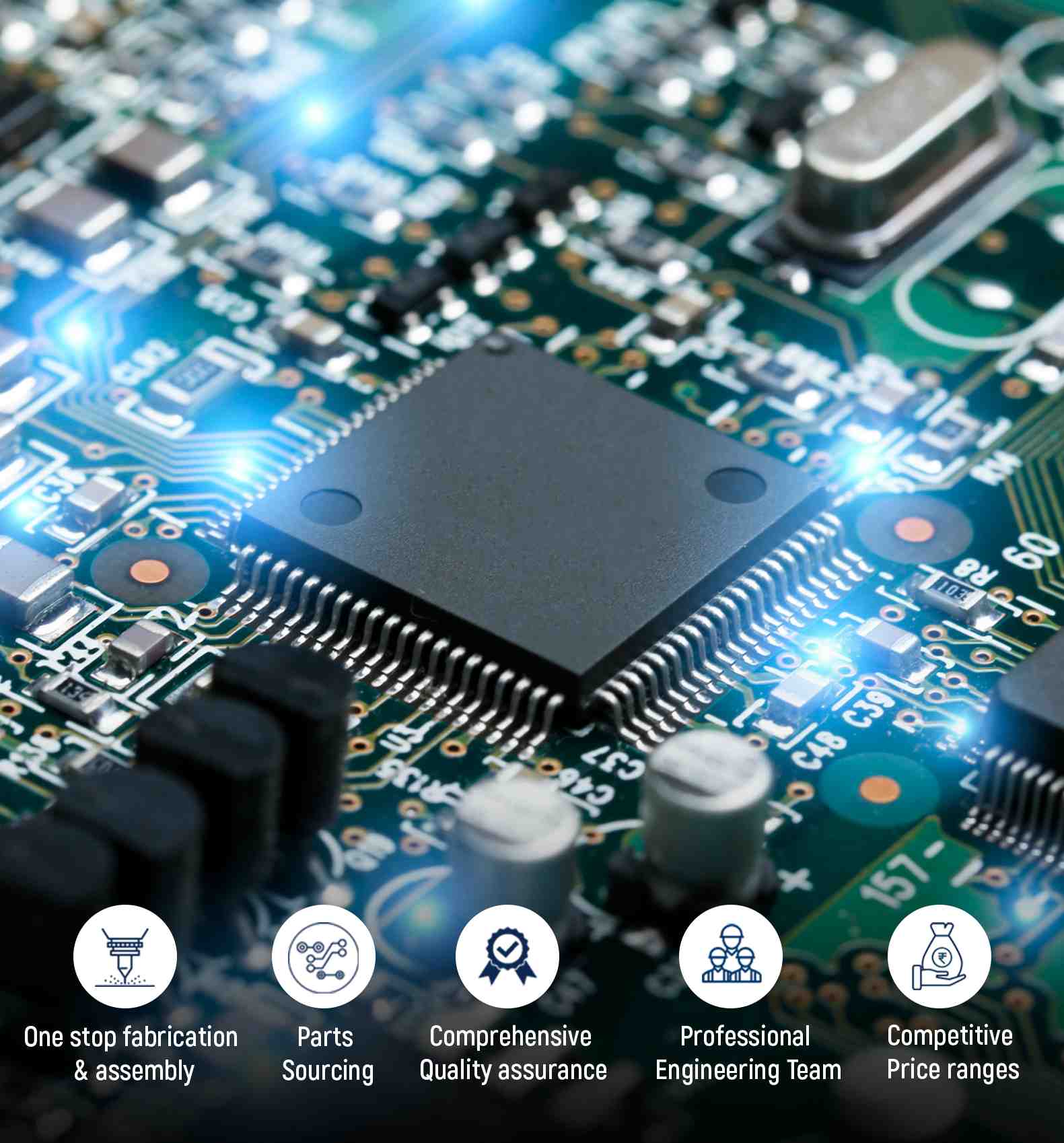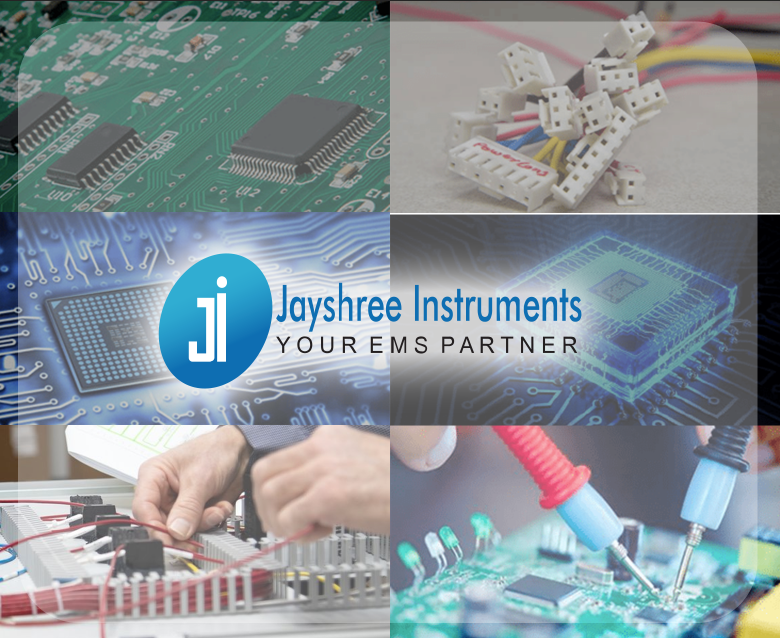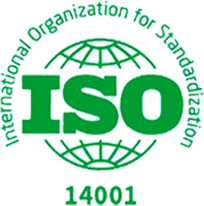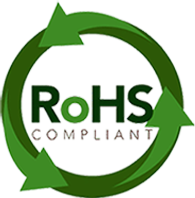One of the most crucial aspects of the PCB manufacturing process is the surface finish. Selecting the appropriate surface finish will guarantee top efficiency, defense, longevity, and conformance. PCB assembly manufacturers in India provide a variety of surface finishes, each with a specific application, cost, and compatibility in mind. We’ll go into great detail on PCB surface finishes in this post, including the various kinds and how to pick the best one for your board.
What is a surface finish in PCB?
The thin layer of coating that is placed to the copper surfaces of printed circuit boards is known as a surface finish (PCB). Without it, oxidation and corrosion would occur rapidly due to the copper’s exposure to the environment. Naturally, this implies that the PCB would quickly experience catastrophic errors. In essence, PCB surface finish is a protective layer that prolongs a PCB’s life and enhances its performance and dependability.
By supplying a solid solder bond, surface coatings also aid in solderability. Because each surface finish has a few subtle differences in features, some requirements may favor one over another. Most assure against tombstoning and solder mask misalignment while enabling the assembly of fine-pitch components.
Types of PCB surface finishes
PCB assembly companies in India make different types of PCB surface finishes which are:
-
Hot Air Solder Level (HASL)
The most popular kind of PCB surface finish is called Hot Air Solder Level (HASL), and it’s applied after the solder mask. It is utilized on boards with thru-hole technology and is a 60/40 mixture of lead and tin. It is not appropriate for Surface Mount Devices (SMD) since it does not produce a very flat finish.
-
Organic Solderability Preservative (OSP)
An organic, water-based substance is called Organic Solderability Preservative (OSP). It has the benefit of not containing lead and provides a level finish. It cannot be used until all procedures, including final inspections and testing, have been finished. because its organic boards ought to be put together quickly.
-
Immersion Silver (Au)
Silver is a highly conductive metal that creates a smooth surface, making it perfect for surface-mount device (SMD) construction. Although it has a shorter shelf life than other finishes, it gives excellent solderability, therefore the board should be soldered very soon after being taken out of storage. It is used subsequent to etching.
-
Immersion Tin (Sn)
Immersion Tin is also called White Tin because of its extremely thin, flat, and bright white look. It has a thickness of less than 1.0 microns and is applied in an electroless chemical bath. Great for SMD assembly, this.
-
Electroless Nickel Immersion Gold (ENIG)
To prevent gold from migrating into copper, Electroless Nickel Immersion Gold (ENIG) is a layer of gold applied over an original layer of nickel. You solder straight to the nickel since the gold will be absorbed during the soldering process. It offers a smooth surface and is a powerful conductor.
-
Electroless Nickel Electroless Palladium Immersion Gold
Despite its unusual name, Electroless Nickel Electroless Palladium Immersion Gold (ENEPIG) is a fantastic alternative for mixed assembly technologies because of its outstanding solderability, corrosion resistance, and wire bondability. It includes three layers, as the name implies: immersion gold, electroless nickel, and electroless palladium. It is therefore more costly, but it has great reliability.
Conclusion
PCB surface finish is one of the most crucial aspects of the manufacturing process. Without it, PCBs would corrode almost immediately and wouldn’t work at all. We at Jayshree Instruments take great satisfaction in being among the most productive PCB manufacturers India.







Recent Comments